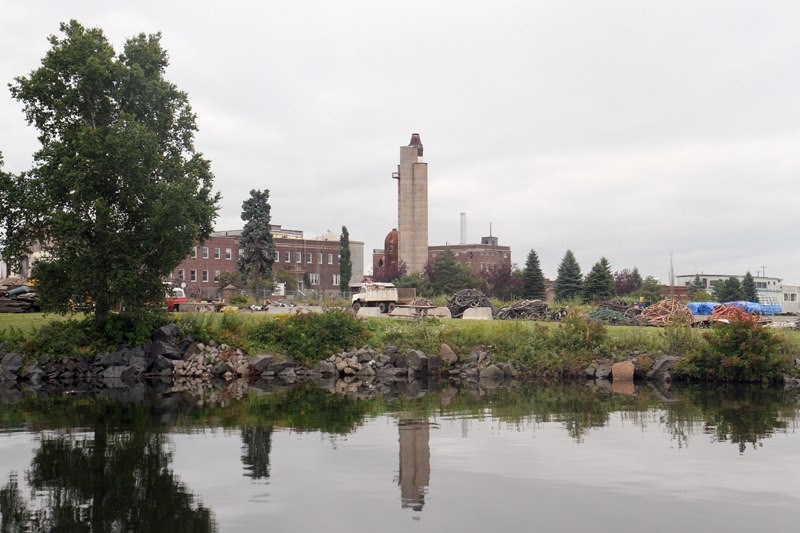THUNDER BAY - Dredging a mercury-contaminated area of the city’s north harbour has been identified as the preferred cleanup option in a recently released report.
The report, prepared by Cole Engineering for the Thunder Bay North Harbour Sediment Remediation Project says dredging the area, which has been contaminated from years of industrial activity on the lakefront, and then moving the toxic material to the Mission Bay Confined Disposal Facility is the preferred technical option.
It would cost between $40 million and $50 million.
But the project, still needs the support of the community, says Jamie Saunders, program coordinator with EcoSuperior.
“We won’t have a final decision until we’ve fully incorporated public input into the selection process,” he said Wednesday afternoon, adding he encourages people to look at the report and offer their comments and opinions.
EcoSuperior will also host an open house in early October to discuss the project.
Other options included capping or excavating the toxic sediment but Saunders said dredging was the best choice based on factors like environmental effectiveness and cost.
Public consultation will continue until winter of next year and Saunders said once that process has concluded, they will need to seek funding partners for the project and finalize a detailed cleanup design.
“We’re still looking at a number of years in the future before we have any machines digging material out of the harbour,” he said.
The contaminated area is north of where the Current River flows into Lake Superior, along the shore where the former Cascades pulp and paper mill is located.
The mill is one of the main contributors to the mercury contamination in the lake, said Saunders.
There is a level of risk associated with the toxic material, but Saunders said there is no reason to panic.
“We’re looking to contribute to a healthy, ecologically vibrant harbour and 350,000 to 400,000 cubic metres of mercury-contaminated sediment does not bode well for that. There is certainly an impact on the ecology of the area,” he said.
